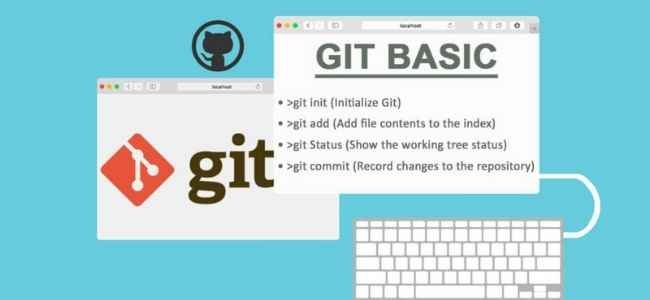Software developers are always writing code. They may work on new projects at times, or they may be required to address issues in current ones. They do, however, work on a codebase.
The codebase will continue to increase, and if you do not control codebase properties, it will be challenging to maintain. That is the reason why a version control system is required.
This post will go through various git power tips, such as the gitignore file, and some fundamental principles, such as git commit.
Version Control System (VCS)
It enables several developers to work on the same code base at the same time. It keeps a record of who did what and when. Version control systems are classified into two kinds.
- The version control system is centralized.
- The version control system distributes
Both forms of version control systems have advantages and disadvantages.
And in this post, I’ll tell you about Git, a distributed version control system. You will study all of the fundamental basics of Git that are necessary to understand and utilize Git effectively.
What exactly is Git?
Git is an abbreviated term for a distributed version control system. Git is a version management system that is free and open source. Git’s source code is available since it is open source.
It’s one of the most widely used version control systems.
Git’s Benefits
Git has several advantages. I’ll highlight the top four benefits of using Git.
1. Git is an open-source project.
Git is licensed under the GNU General Public License (GPL). It indicates it’s available for free on the internet. It’s also open-source, so you may obtain the source code and modify it to meet your needs.
2. Small and Quick
Git is a little piece of distributed software. It means that it can be executed on any old computer. It does not require powerful hardware.
3. Git is safe
Git provides the highest level of security since it employs a secure hash algorithm (SHA1). Git uses SHA1 to name and identify items in its vicinity.
It implies that a hacker will be unable to access your source code files, for example.
4. Performance
Git outperforms other current source control systems on the market in terms of performance.
Committing a message, branching, merging, and all other git operations are designed for speed in Git.
The Git Repository
A Git Repository is a collection of your project’s files from various versions. In Git, there are two types of repositories.
Git remote repositories: As the name implies, these repositories are located on the server. The idea is that you and your team members may access the remote repositories. Remote repositories are often found on a network or the internet.
Local repositories of Git are those that are stored on your local system. As a result, you may work on your project without access to the internet. When you need to push or pull changes, you can connect to the remote repositories.
You can use any programming language like C, Python, PHP or Java, you need to use source control to store you code base,
Git Commit
When you say git commit, you’re referring to a type of revision. It is a solitary modification to a file or a collection of files in your project. Every commit in Git is connected with a unique id, known as a secure hash. With these git commits, you can monitor who made what changes and when.
Git Branches
Now that you’ve learned about git commits, it’s much easier to grasp what a git branch is. It’s just a quick link to these commits.
The master branch is the default branch in Git. Github has altered its name system, and all future projects will be called central (rather than master).
A git branch is an objective route of development for your project.
Git Pull and Push Requests
The pull request instructs the remote server to download all of the new modifications made by your team members. The git pull command is used to sync your local code with the remote.
Pushing is the polar opposite of pulling. You’re attempting to submit your local modifications to a distant server so that your team colleagues can see the changes you’ve made.
Git Ignore
In Git, there are a few individual folders and files, one of which is a gitignore file. It is used to disregard a subset of your source code.
Checking in dll, auto-generated files from your IDE, executables, or other undesirable items that are not part of your source code, for example, is not permitted.
You may use gitignore at both the local and global repo levels.
Conclusion
It is simple to utilize Git more successfully if you understand the fundamental and essential terms. Git is a very effective system that is commonly used by programmers and software professionals.
I hope these fundamental ideas help you understand and utilize Git more successfully.
